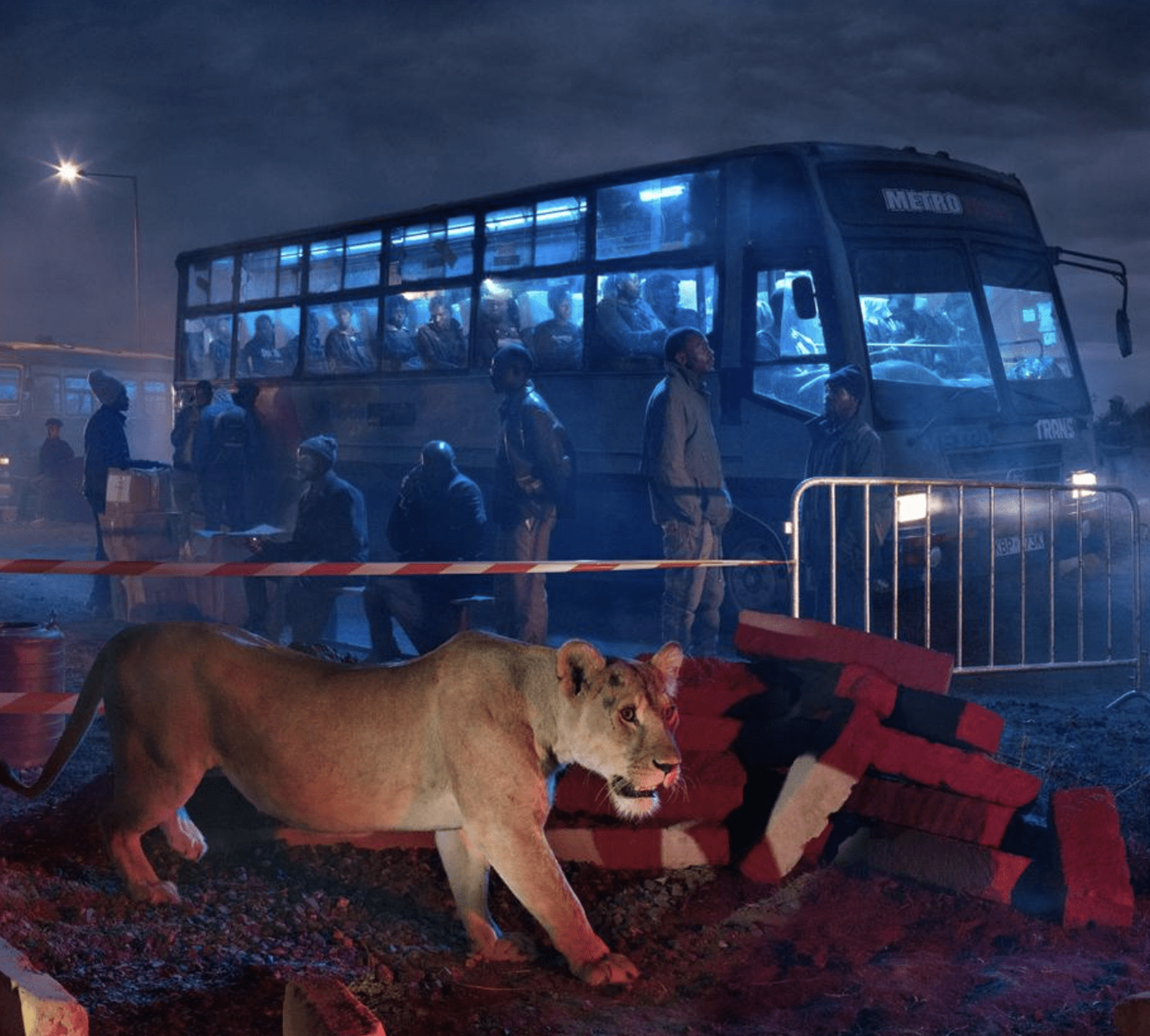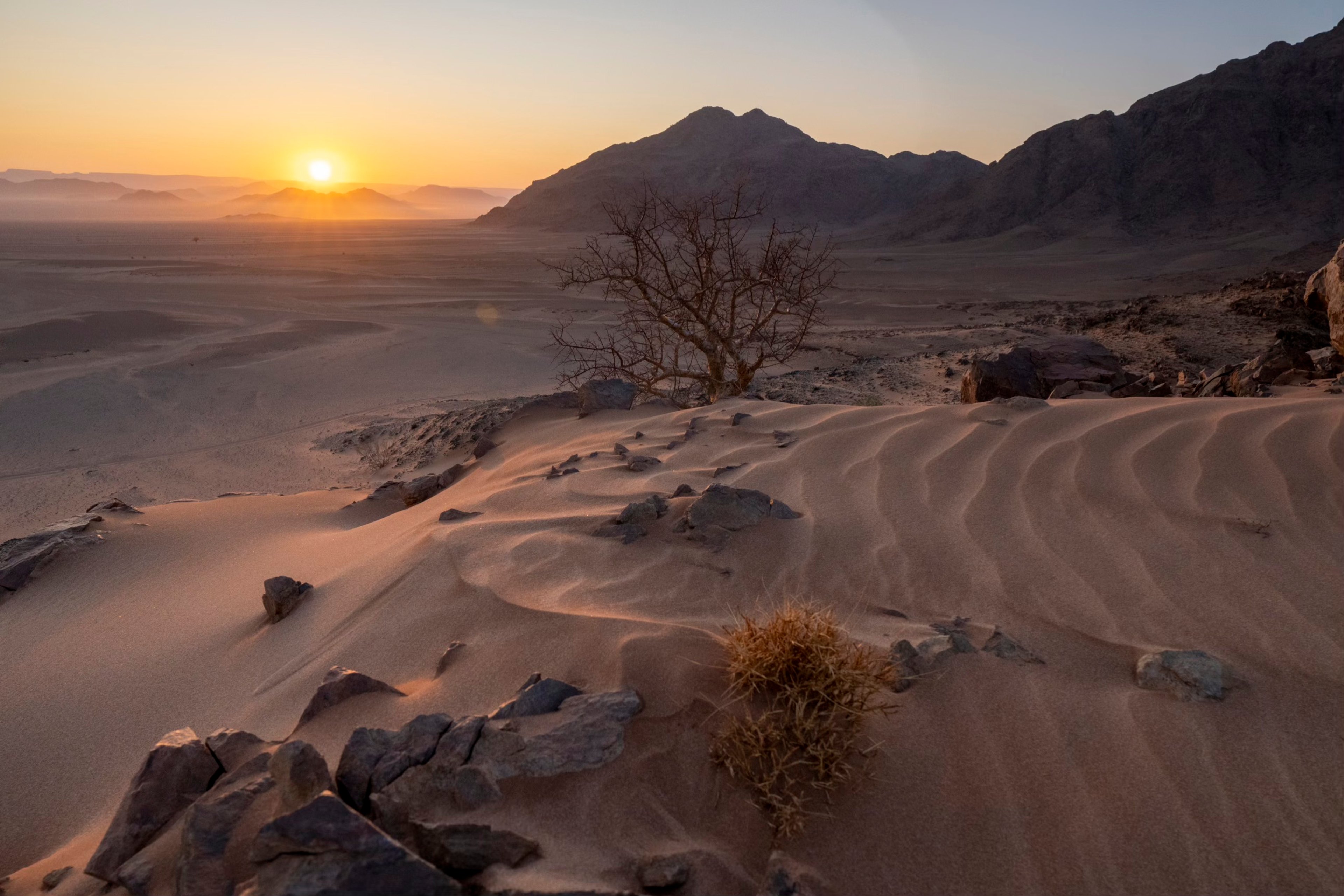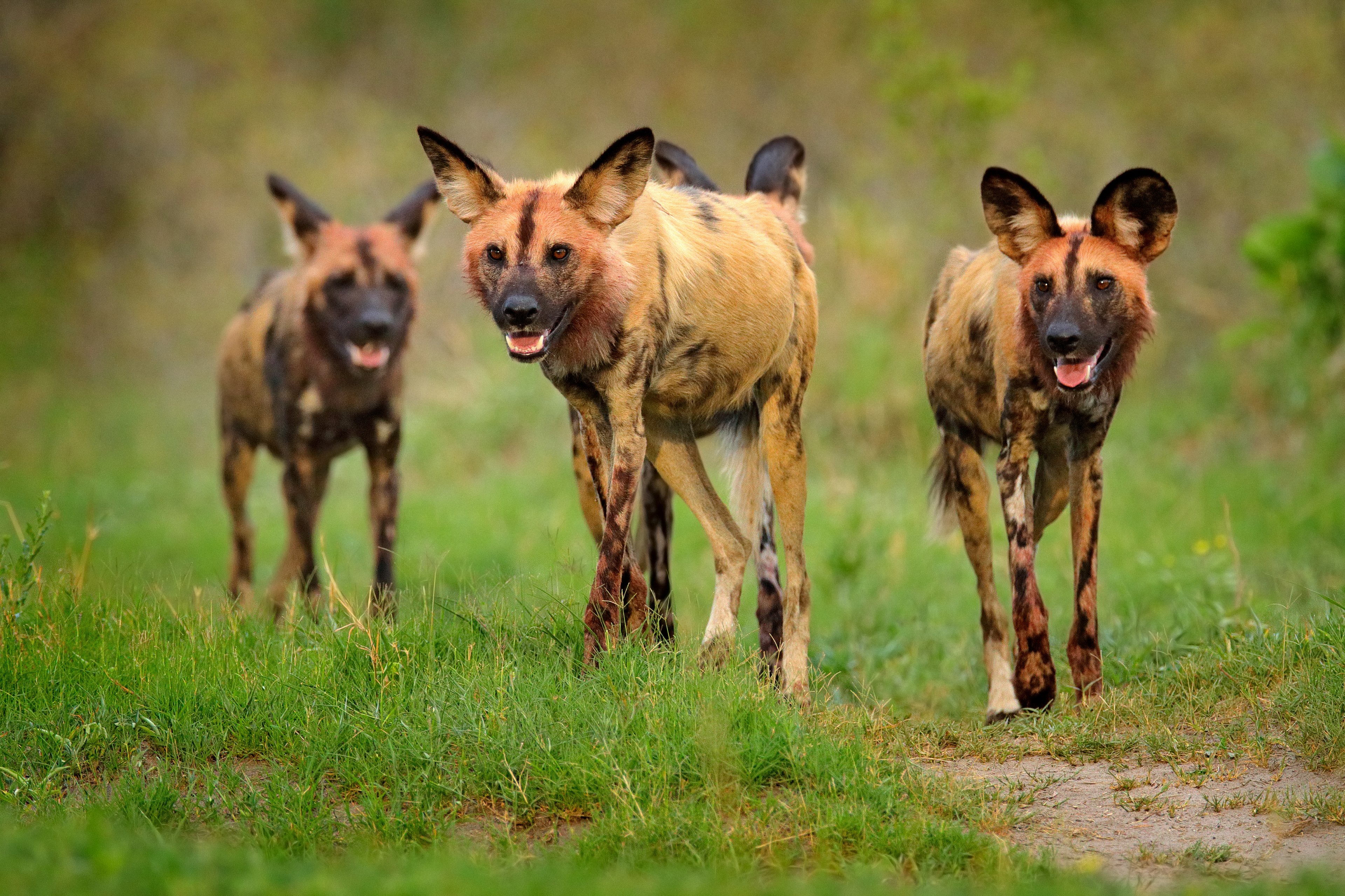"We have now sunk to a depth at which restatement of the obvious is the first duty of intelligent men. If liberty means anything at all, it means the right to tell people what they do not want to hear. In times of universal deceit, telling the truth will be a revolutionary act."
– George Orwell
The obvious prophetic truth of these words, first penned by George Orwell in the '40s from his novel Animal Farm, resonates profoundly today in our age of universal deceit. So much so, that the need to make sense of the truth and place it in context has never been more critical. Enter photographer and conservation activist Nick Brandt, a remarkable man I first met in 2008. Then as now, I was struck by his passion for Africa and his determination to make a difference.
Nick would be the first to tell you that he never planned to be a photographer, let alone found a conservation organization. His first trip to Africa in 1995 to direct Michael Jackson’s Earth Song video was when he found himself enthralled with the continent and its wildlife, and his fate was sealed. Nick found himself returning time and again to Kenya’s Amboseli National Park, and it was then that he began to notice that an increasing number of the park’s iconic animals had been killed due to large-scale poaching.
Instead of resorting to anger or passivity, he decided to make a change. First, he co-founded the Big Life Foundation with conservationist Richard Bonham in 2010, setting in motion a mandate to protect and sustain Amboseli, home to the greatest elephant population in East Africa. It was a brave and ambitious undertaking, but today Big Life employs more than 250 rangers in 40 anti-poaching outposts across a staggering two million acres of the Amboseli-Kilimanjaro ecosystem, actively affecting a drastic decrease in poaching.
I find Nick’s work the most powerful and urgent expression of the loss we are facing as humans. When I stand in front of his photographs, I am transported into the situation — sometimes with marvel and bewilderment and other times with overwhelming grief, despair and disgust. His ability to articulate the impact of man in places where animals used to roam but no longer do is a shattering alarm to us all. In the last decades he has produced remarkable bodies of work, including This Empty World, which addresses the escalating destruction of the natural world at the hands of humankind by showing a world so overwhelmed by runaway development that there is no longer space for animals to survive – let alone people.





